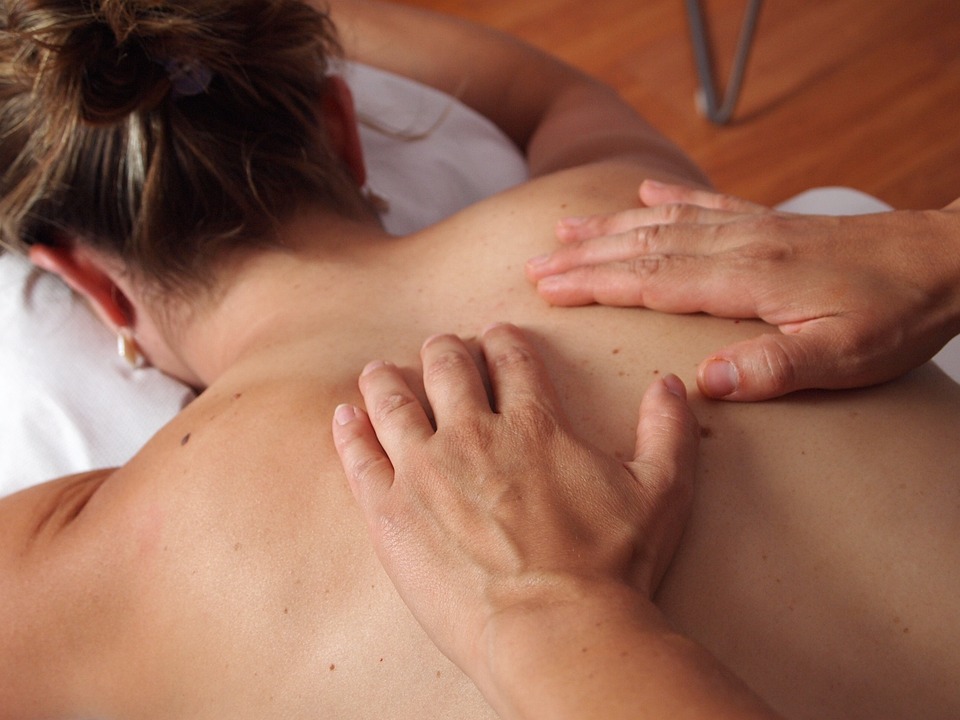Regardless of skill level or athletic experience—at some point, we all get sore muscles. You don’t have to be a competitive athlete to feel like one. Depending on the individual, soreness can begin only one-hour post-workout. For others, muscle soreness peaks up to 48 hours after exertion. This phenomenon is Delayed Onset Soreness.
 R.I.C.E. for Sore Muscles
R.I.C.E. for Sore Muscles
No matter the timing, once muscle soreness strikes, we all need relief from the combined pain of tiny muscle tears (a normal reaction to the breakdown and build-up of muscle fibers) and the accumulation of lactic acid. To find relief from moderate to minimal sore muscles, use the popular acronym R.I.C.E. as a guide—rest, ice, compression, and elevation—focusing mainly on rest and ice. Also, many regular exercise fans use medication (pain-relief analgesics), hydration, and appropriate stretching to sideline their muscle soreness.
Rest for Sore Muscles
Sometimes the simplest advice is the hardest to follow, especially for regular gym-goers who rely heavily on their routines and find it exceedingly difficult to “take a day” even when legitimately injured, much less moderately sore. They forget that muscle fibers actually tear during strenuous exertion and if they desire to build muscle, it takes time for this repetitive cycle of breakdown and build-up to occur—about 48 hours to be exact. If you lift hard on a Monday, don’t expect to duplicate that intense workout on Tuesday. Muscles must have downtime to repair/rebuild. If you don’t give your muscles a break, they simply won’t get stronger.
Icing
The Holy Grail of muscle relief for many exercise enthusiasts is using ice. Simply put, icing can diminish, if not completely stop, the lactic acid buildup that often follows a strenuous workout. More and more long-distance runners take to their tubs—ice-cold ones (ice included!)—for 8-10 minutes after particularly challenging long runs. The results? Little to no sore muscles. Of course, you don’t have to be a ½-marathoner to enjoy the benefits of icing your muscles. Ice numbs sore areas and also diminishes swelling. But remember, icing is all about timing. If you ice an area for too long, you could possibly damage the skin. If you don’t ice the area for long enough, you won’t get the full benefits.
Compression and Elevation
Much like icing, compression can reduce pain and swelling. For many, throbbing injuries are helped by the combination of ice and compression. After icing and compressing the area, follow it up with elevating the affected area if you can. If you hope to heal quickly (or reduce soreness), ice a sore muscle and then wrap it with an ACE bandage. Be careful not to wrap it too tightly. Elevation reduces swelling as well.
Analgesics for Sore Muscles
Analgesics are medications that reduce pain and discomfort. Though they’re not to be used as the first line of defense against sore muscles, aspirin and the like definitely have their place as a means of easing muscle pain.
Hydration and Stretching
Believe it or not, upping your intake of water (combined with stretching) can dramatically reduce sore muscles. As you stretch, the lactic acid buildup is being “squeezed out.” The extra consumption of water also provides a great environment for the lactic acid to be flushed out.
Don’t let sore muscles keep you down. Use these guidelines to get a leg up on pain and get back to your regular workout.

